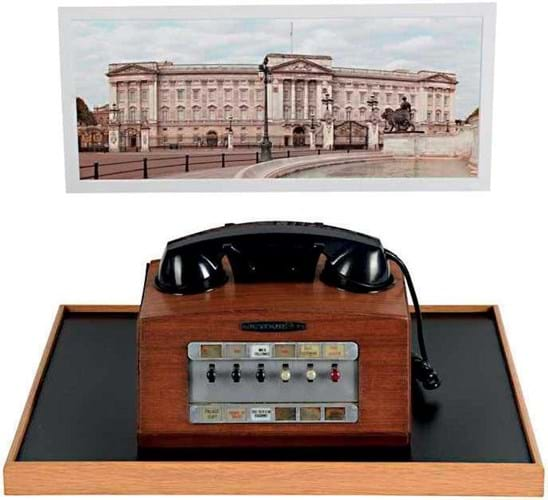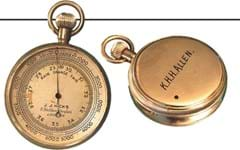The apparently unique piece of royal memorabilia was offered as part of the Chiswick Auctions (25% buyer’s premium) quarterly Autographs and Memorabilia auctions on on June 22.
The Dictorgraph telephone exchange was used at the palace until 1998. It was originally situated in the office of Robert (Baron) Fellowes who worked as private secretary to Elizabeth ll from 1990-99.
As evidenced by labels to the display, the exchange connected the queen, the Prince of Wales, the secretary and equerry to the Prince of Wales and the palace superintendent. The queen’s switch was red, the others black or white.
Although the late 1960s technology was looking a little antiquated at the time, it remained in use at a thrifty palace for several decades.
She was not amused
The London royal residences were first equipped with a telephone system in 1896 following the installation of a similar system at Balmoral Castle.
Queen Victoria made the first phone call by a British sovereign on January 14, 1878, although – as she deemed the new device to be unhygienic – she rarely used it.
At the time Buckingham Palace was allocated the subscriber number of 4832, which it has retained to this day. Today’s computerised exchange is said to have the best directory in the world, with the private numbers of every world leader.
Robert Fellowes, who married Lady Jane Spencer, elder sister of Diana, Princess of Wales, in 1978, was recruited to join the Royal Household as assistant private secretary. He spent the next 20 years in the private secretary’s office, becoming deputy in 1986 and private secretary in 1990. He left the job after 10 years to resume a career in private banking.
The vendor of the exchange had bought it at a Reeman Dansie auction in Colchester some years ago. It had previously been listed on eBay with the asking price set at £4950.















